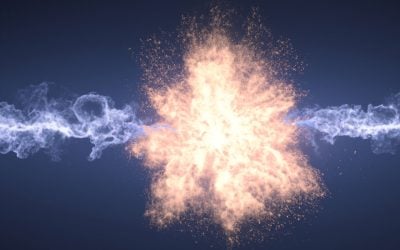Hexagonal Boron Nitride (hBN) is a unique material that has a wide range of industrial applications. One common uses of this material is high-temperature nozzles in molten metal applications.
Non-clogging – Most molten metals do not wet hBN, resulting in nozzles that don’t clog and cause costly aborted runs.
Ultra-high temperature capability – Some Boron Nitride grades are good to 1800C in vacuum and non-O2 atmospheres, far higher than current ceramic nozzles options.
No preheating – It is almost impossible to thermal shock an hBN nozzle. This is a problem for typical alumina and zirconia grades used extensively today. This also means BN does not need to be preheated, resulting in time and energy savings.
Precise parts – hBN is highly machinable which means it can easily be machined into intricate forms, including threads, fine holes, and sharp radii. Pieces can efficiently be machined to very tight tolerances meaning that every nozzle is the same, allowing the critical proper start to each atomizing run. The fine grain structure helps to prevent chips or cracks of typical ceramic nozzles.
Customizable properties – The thermal conductivity of hBN can be tailored by changing the grade used. From low (5 W/mK) to high (130+ W/mK), hBN offers a diverse range of properties that can be especially useful for metal freeze-off or pre-heating.
Wear resistant – Composite grades have excellent wear and corrosion resistance that are unmatched in pure hBN grades.
Easy prototyping – Because hBN is machinable there are no tooling charges and small prototype runs can be made efficiently. This allows for easy development of different designs for different operating conditions.
If you have any questions or would like to learn more about hBN nozzles, please do not hesitate to contact us.
This post was written by Steve Lyle. Steve has a BS in Ceramic Science from Penn State and over 35 years of experience working with BN products at Carborundum/Saint Gobain.




